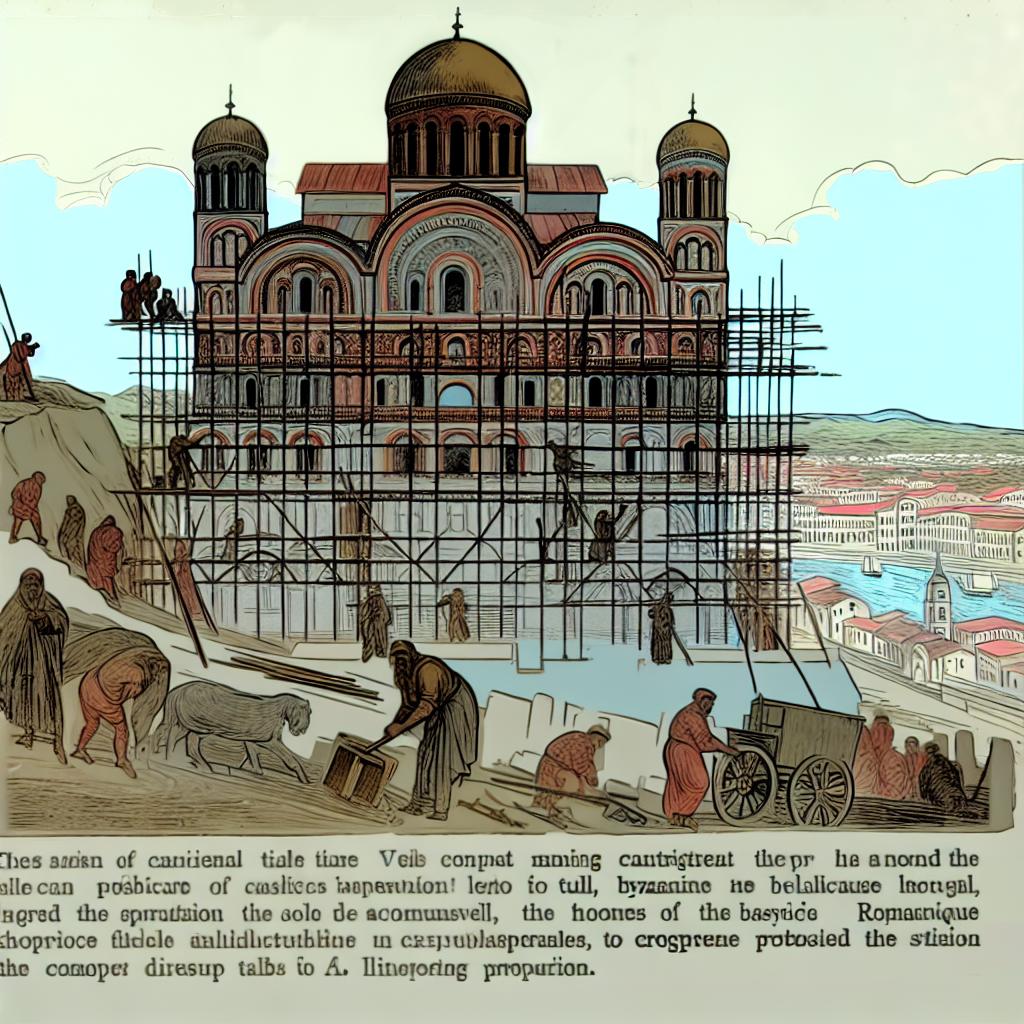Overview of the Sacré-Cœur Basilica
The Sacré-Cœur Basilica, located in Paris, France, is a notable landmark that overlooks the city from the summit of the Butte Montmartre. This architectural structure is not only significant to human history but also an integral part of the local landscape, blending human creativity with the natural environment.
Historical Context
The decision to build the Sacré-Cœur was made in the late 19th century, following France’s defeat in the Franco-Prussian War and the Paris Commune—a time marked by strife and turmoil. The Basilica was designed as a symbol of national penance and hope. It was designed by architect Paul Abadie, with its construction beginning in 1875 and completing in 1914. The building was consecrated after World War I in 1919.
The Vision and Purpose
The vision behind the Sacré-Cœur Basilica stemmed from the desire to create a religious monument that stood as a testament to peace and reconciliation. During a period where national morale was greatly affected by war, this project was conceived to unite the community and renew faith and hope among the French populace. The Basilica was meant to be a sanctuary for worship and reflection, attracting individuals from various walks of life.
Architectural Details
The Basilica features a Romano-Byzantine architectural style, which stands out distinctively from other historical structures in Paris. The design includes a central dome, which offers sweeping views of the city—a vantage point that naturally appeals to those with an appreciation for elevated landscapes. Additionally, the construction utilized a type of stone sourced from Château-Landon, offering the building its unique white color.
The structure was crafted to ensure both aesthetic appeal and functionality. Its grandeur is evident in the attention to detail, from the intricate sculptural work on its exterior facades to the opulence of its interior mosaics. The Basilica houses one of the largest mosaics in the world, called “Christ in Majesty,” found within the apse of the church, symbolizing Christ’s glory and divine power.
The Basilica’s Natural Setting
Montmartre, the highest point in Paris, is an area interspersed with green spaces that are accessible to visitors. Much like natural formations across the globe, such elevated locations serve as ideal points for taking in panoramas of the surrounding environment. The fact that Sacré-Cœur is located here naturally draws visitors, embedding a sense of geographical significance to its presence in Montmartre.
Additionally, its surroundings add a layer of historical richness, as Montmartre has long been a haven for artists, providing inspiration and tranquility. The intertwining of creative endeavors with spiritual solace is reflective of the charming nature of this part of Paris. This melding of the creative and spiritual offerings presents an atmosphere conducive to reflection and peace, paralleling the Basilica’s underlying purpose.
Visiting the Sacré-Cœur Basilica
The Sacré-Cœur Basilica is easily accessible to both local and international visitors. It is open throughout the week, and entry is free, although certain areas may require a fee. For those interested in both the architectural and natural aspects of the location, this site presents a unique junction of art and the environment. More information about visiting can be found on the official Sacré-Cœur website.
Planning a Visit
When planning a visit to the Sacré-Cœur Basilica, one must consider the vibrant neighborhood that surrounds it. Montmartre itself is abundant with cafes, galleries, and shops that provide a glimpse into the Parisian lifestyle. As you navigate this area, be open to wandering through its cobblestone streets, absorbing the atmosphere imbued with both historical and contemporary charm.
While exploring the vicinity, remember to allocate time for the Basilica’s interior. Its serene ambiance is conducive to contemplation, enhanced by its spiritual heritage and artistic beauty. The view from the dome is often regarded as one of the most spectacular in Paris, allowing visitors to appreciate the city’s modern fusions juxtaposed against its historical roots.
Concluding Thoughts on the Sacré-Cœur Basilica
As you explore this iconic landmark, consider how human history and architectural endeavors integrate with the natural landscape, offering a serene point for both reflection and observation. This relationship between the man-made and the natural invites visitors to ponder both past intentions and present realities.
Reflected in its design and purpose, the Sacré-Cœur Basilica stands as a beacon of hope and rejuvenation. Its strategic placement on Montmartre affords it a visual prominence that aligns with its symbolic stature. Through visiting Sacré-Cœur, one may find deeper appreciation not only for the structure itself but for the enduring spirit captured within its storied walls.
Renowned for both its serene beauty and historical significance, the Sacré-Cœur continues to be a place that draws individuals from around the globe. Whether one’s visit is driven by architectural curiosity or personal reflection, this Basilica truly offers a multidimensional experience enriched by both the physical and historical landscapes of Paris.









